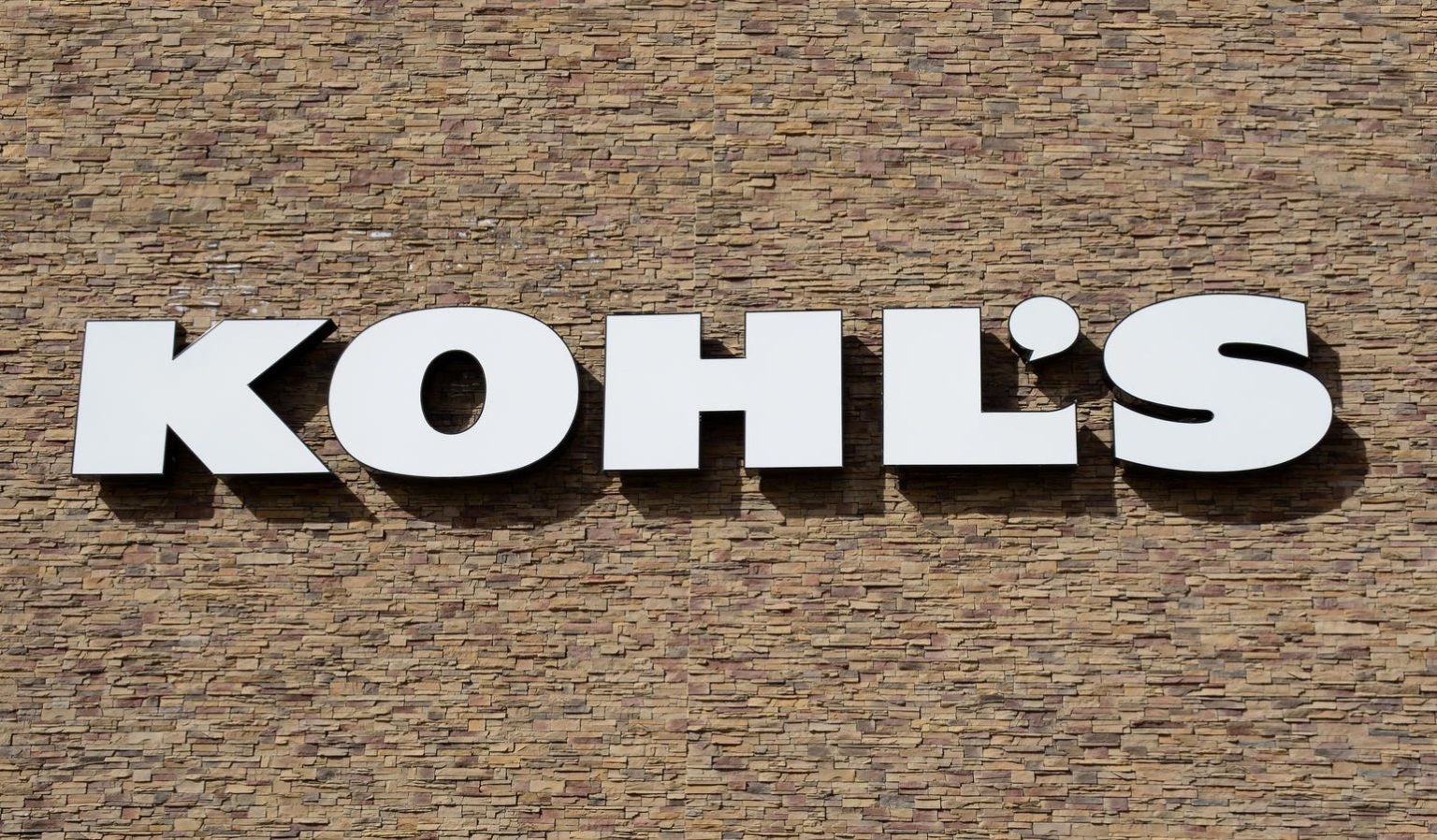Kohl’s, like a long list of other department stores, has has struggled to differentiate itself amid shifting consumer trends. As recently as two years ago the chain was even looking to get acquired, with talk of Amazon as a potential owner. Now it seems to be settling on a strategy to set itself apart, and Babies “R” Us is the newest piece of the puzzle.
News that Kohl’s has chosen 200 locations nationwide in which it will open Babies “R” Us store-within-a-stores builds off initial word from March that it had inked an exclusive deal with WHP Global, the new owner of the Toys “R” Us and Babies “R” Us brands (and a number of other retail brands that once veered into obscurity or bankruptcy). Kohl’s CEO Tom Kingsbury, on a recent earnings call, referred to baby products and adjacent categories as “underpenetrated categories with a sales opportunity of over $2 billion over the next several years.” According to Retail Dive the chain plans to situate its existing baby products next to the new Babies “R” Us-branded shops to create a “comprehensive baby shopping experience.”
This new store-within-a-store partnership is particularly interesting in Kohl’s case because it is pursuing the strategy in triplicate. With plans to have Sephora shops in all stores by 2025, and with Amazon returns kiosks in all stores as of 2019, the Babies “R” Us deal will mean at least some Kohl’s locations having three third-party retail entities filling physical floor space. Looking Kohl’s other third-party deals can give some context for how it plans to, and how it might, succeed with Babies “R” Us.
J.C. Penney’s Loss, Kohl’s Gain—And Also J.C. Penney’s Gain?
The rise and fall of the J.C. Penney/Sephora relationship could be seen as an endorsement of a long-term store-within-a-store strategy, a cautionary tale about over-reliance on a third-party relationship or a story about long-lasting pandemic repercussions. The shops launched in 2007 in remained in J.C. Penney stores through high-profile C-suite turnover, reinvention attempts (“the Ron Johnson-era”) and an era of general department store decline. After a certain point, Sephora were widely considered the bright spot at an otherwise flagging chain.
Anecdotally, Sephora makeup shoppers did shop around Penney rather than making a bee-line for the destination beauty section and leaving, and J.C. Penney took a big hit when, in 2021, the long-time partners ended the relationship after a legal squabble over J.C. Penney furloughing Sephora staff due to COVID-19 chaos. Kohl’s was able to snag the Sephora store-within-a-store deal in the wake of the breakup.
By Q4 of last year J.C. Penney was still experiencing declines, but a recent, surprising bright spot might speak to something even Sephora’s new partner should—and probably does—appreciate. J.C. Penney has built its own beauty section, apparently on-par with the third-party brand that vacated. If social media trends are a gauge for actual transactions, it’s poised to do great. Business Insider reported in January that the new J.C. Penney beauty section was hitting the sweet spot with trendy TikTok users. J.C. Penney had 14 years to observe what worked for Sephora, setting it up to build an in-house beauty offer to appeal not just to the customer used to visiting the store for Sephora, but to a new customer (given that it’s TikTok and not more Millennial-friendly apps where J.C. Penney is apparently trending). This is something Kohl’s, or any other retailer leveraging third-party shops, should keep in mind.
How Much Do Amazon
Amazon
So where does Kohl’s Amazon returns partnership fit? Two years after its launch, Kohl’s then-CEO Michelle Gass, touted it as bringing in 2 million new visitors in 2020. She told CNBC at that time that “conversion rates are trending upwards for people visit Kohl’s stores to return a package to Amazon.”
I’m hesitant to interpret pandemic-era store traffic numbers without caveat, given how lockdowns and rebounds impacted physical and online shopping. Amazon undoubtedly experienced an influx of e-commerce purchases, which would be followed by waves of returns. The e-tailer also extended its returns window during the pandemic which could anomalously increase visits to the Kohl’s kiosks.
Assuming the conversion rates from the service were and continue to be good, the value is there. The draw, however, is not exclusive. Kohl’s is but one of a few retailers with Amazon dropoff partnerships, Staples being a recent addition to the list. Still, one can imagine the presence of the service on-premises, ideally, multiplying the value of the other third-party shops with a particular segment.
Merchandising Around Returns, Beauty And Babies
In Kohl’s Q4 investor call, the company pointed to Sephora driving significant sales gains, and listed “improving merchandising flow and adjacencies” as one of its “store experience actions” currently being implemented. This together, to me, sounds like a foundation for stores that attract footfall with third parties, and merchandises around them get fans of those shops shopping the rest of the store. The stated addition of a Kohl’s-operated baby section next to the Babies “R” Us one demonstrates a plan to push in-house sales alongside the in-shop ones, and customers might ideally check out and purchase selections from the new men’s, women’s and/or children’s fashion brands the retailer is introducing between visits to the branded shops.
So is more floor space for third parties the future of Kohl’s and department stores in general? I think it’s something to watch. A worst case-scenario might be a new kind of department store built like a one-room mall, where the store owns and operates few of its own departments, and people come in to shop a bunch of different apparel-adjacent stores-within-a-store without ringing the register for the main brand.
Kohl’s though, seems dedicated to merchandising intelligently around and between the shops, which I think is the key making this strategy work. And if, as happened at J.C. Penney, one-or-the-other party decides to pull out of one of the relationships, Kohl’s can learn from J.C. Penney’s new beauty endeavor—that stores-within-a-store can be, over time, a source of vital knowledge from which to build a successful category not just next to them, but in place of them if necessary.
A representative from Kohl’s responding to an inquiry from Forbes.com said Kohl’s had no additional details on the Babies “R” Us partnership or its strategic implications at this time.
Read the full article here





